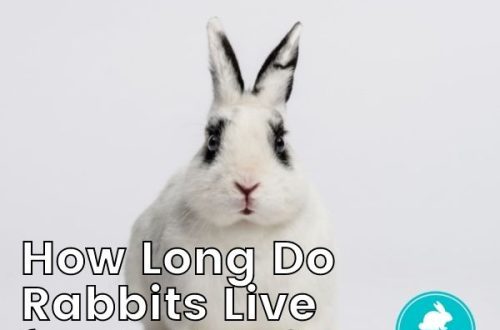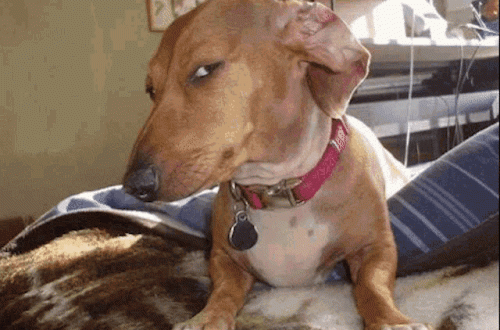
Everything you need to know about the emergence and cultivation of small budgerigars
The appearance of offspring in your favorite parrots is not only a great joy, but also a very considerable responsibility, both for you and for future parents. In order for joy not to become a problem, it is worth paying attention to important points in the birth and upbringing of babies, caring for newborns.
So, after the baby parrots are born, what can the owner do?
Be ready to take on a considerable responsibility if you still decide to acquire a male and a female, and are ready to contribute to the reproduction of these cute birds. To do this, you will need to arm yourself with all the necessary information at the expense of the mating season, the nutrition of adults and their replenishment and care for them.
Parrots are capable of procreation, not younger than 2 years. Parrot mating occurs at any time of the year, but we would not advise planning replenishment for the cold season, since the lack of the proper amount of sunlight and green grass is an unpleasant obstacle.
But, as for budgerigars, these birds do not create nests, so you will have to make a special box for the couple, where it is best to put soft sawdust. Do not try to provide the birds with thick threads or ropes to make the nest warmer, as this can only cause injury to the birds.
The period of mating flirting between pets is a very entertaining sight: the male tries to be more often near his chosen one, “sings” to her about love, tries to give his girlfriend his food from the beak, and periodically flies away, then flies to his beloved again.
Wavy ones ripen very early – after three months, but this does not mean at all that the time has come to have babies. It is best to think about replenishment, not earlier than when your pet is one year old. It would be great to let the parrots choose their own mate, but you can get away with one option if you do the right thing during their courtship.
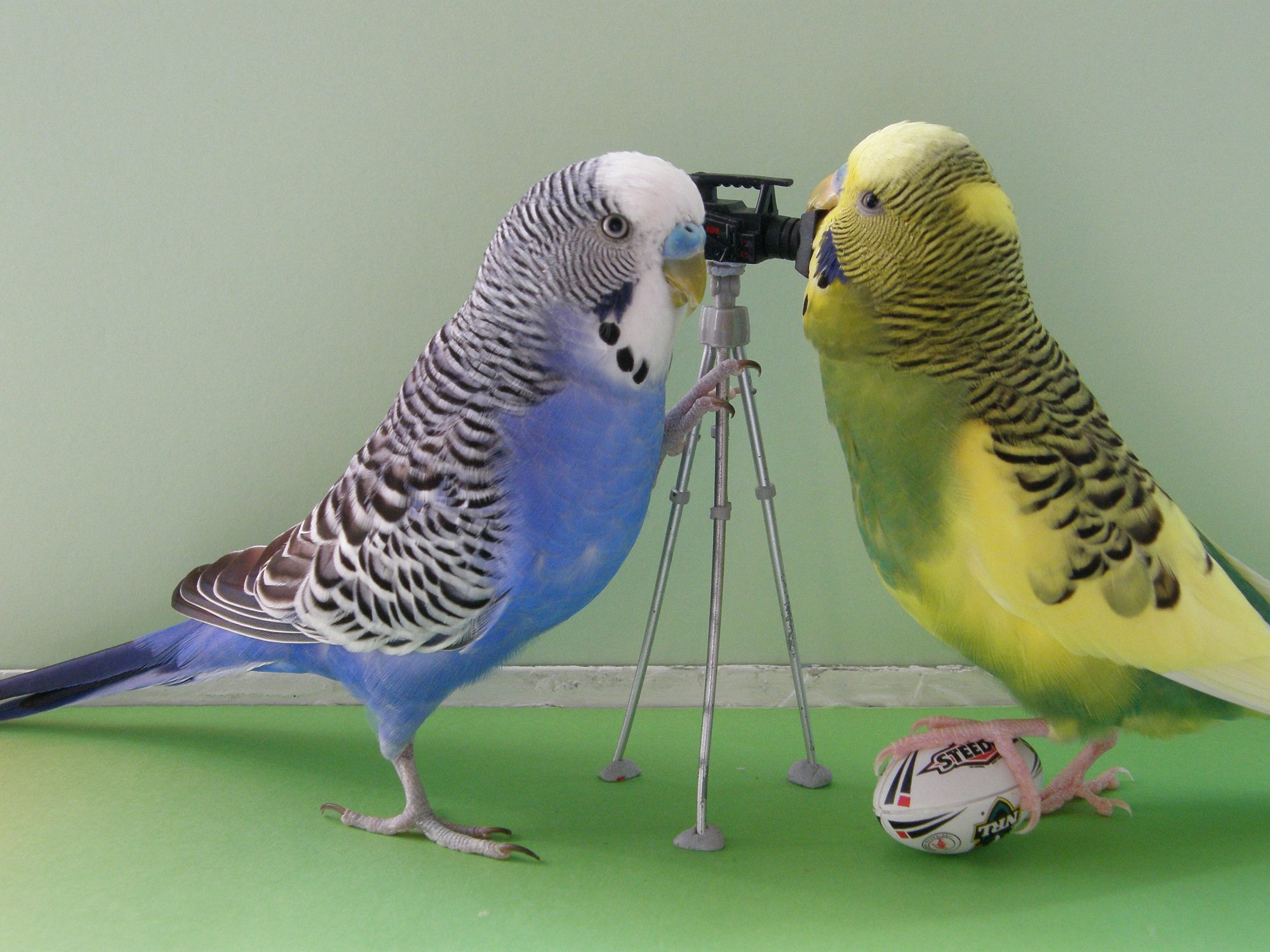
How to recognize that the female is happy to receive the attention of a parrot? Everything is very simple: she will allow food to be passed into her beak and often looks into the twisted nest, landscaping it. It is at this time that the birds begin to steam.
During the nest building period, provide the mother-to-be with all the necessary materials: prepare limestone for her, this is an important component in creating a nest. Remember about changing the diet at this time – in addition to grain, it is important to supplement the bird’s menu with vegetable and egg food.
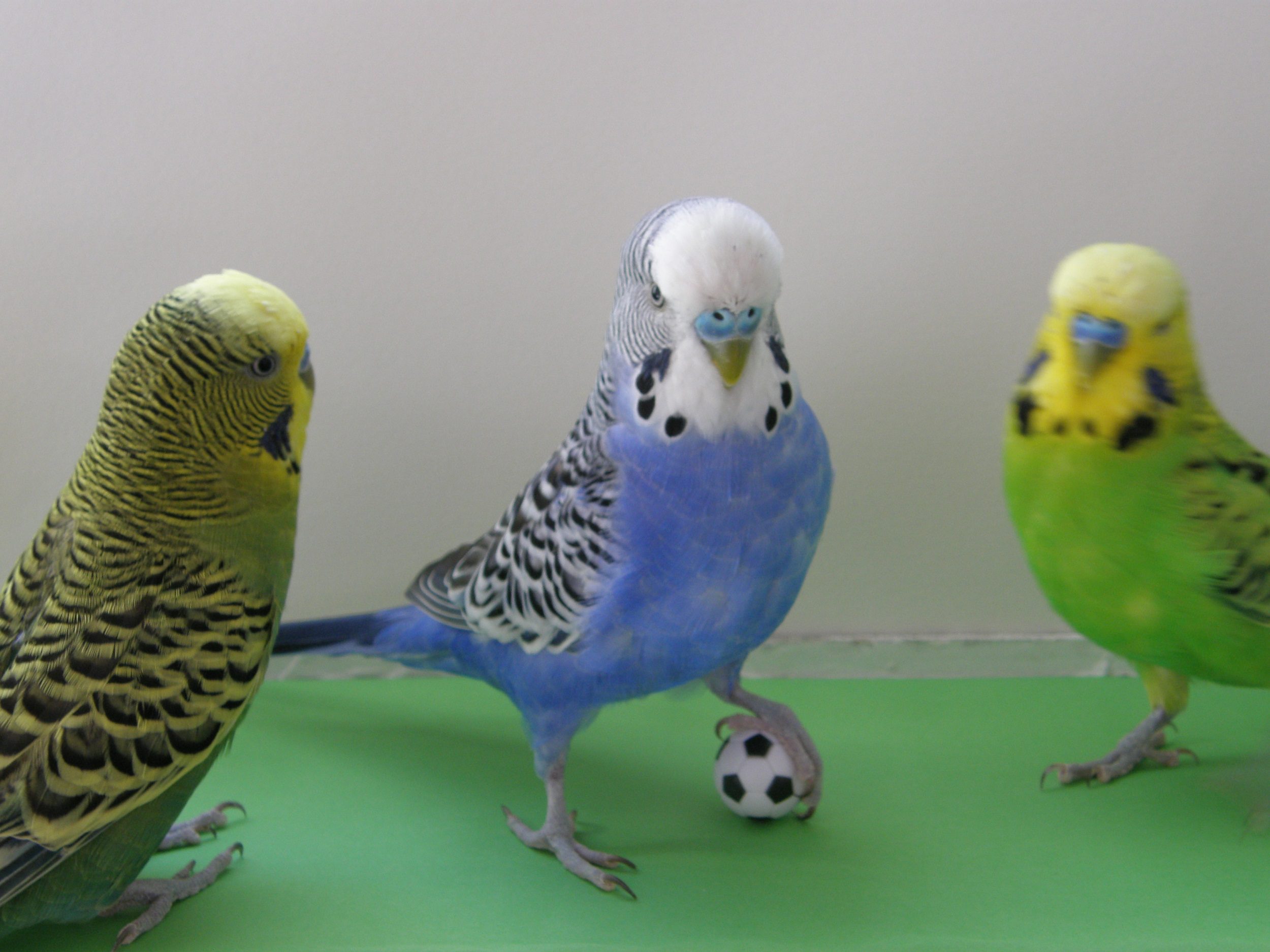
In the absence of health problems in the female, and a healthy desire to mate, the first egg is likely to appear a couple of weeks after the nest has appeared.
Another important question is the number of eggs that a female can lay and incubate in one period.? As a rule, this number does not exceed 5-6 eggs, because it is more difficult for birds to physically overpower.
The eggs are laid every other day, and the chicks emerge from them in the same order.
Sometimes the feathered mother leaves her place for a while, but this is absolutely not dangerous, because the embryo tolerates a short cooling quite normally.
Having laid the egg, the mother-parrot begins to incubate, and then the father does not even come close to her and the eggs. The parrot only occasionally flies into the nest to bring food to the female. Sometimes the females are a bit aggressive when the parrot tries to get closer to the eggs.
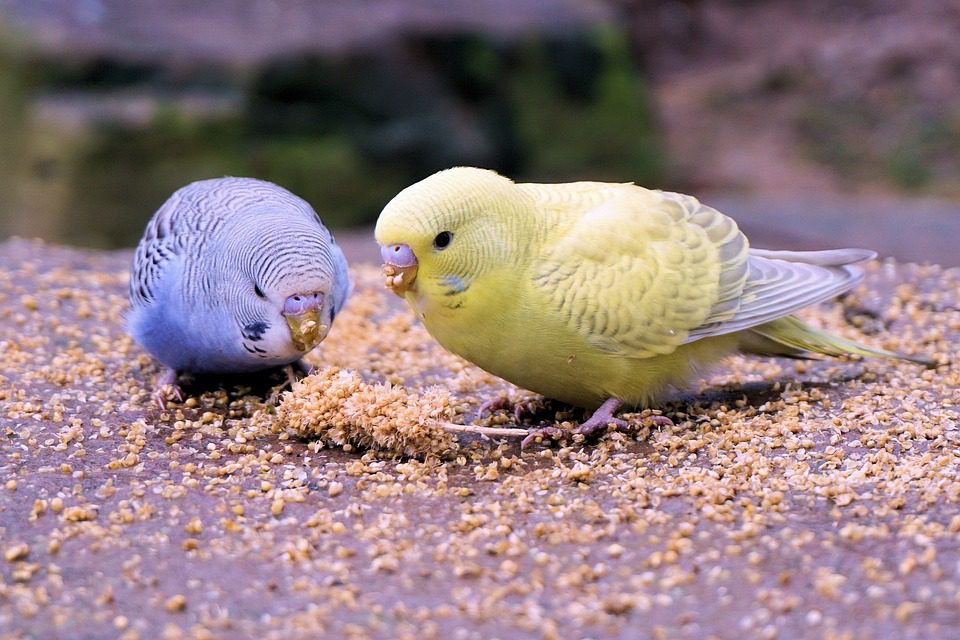
When the eggs are already in the nest, you will have to wait a few more weeks before the babies appear. The sight of newborns can seem a bit intimidating to those seeing little chicks for the first time. A day after birth, you will hear a soft squeak that will get louder. What do chicks look like? They are born bald and blind, looking like long-legged tadpoles.
An important nuance for owners of wavy birds: during mating, your parrot will probably pay much less attention to you, switching to a partner. There is nothing strange in this, since the parrot always reaches for representatives of its own species, if there is such an opportunity.
Babies are fed quite often, about once every 2 hours, but the father takes care of his family in every possible way, and tries to be nearby all the time. Often, a daddy parrot also feeds babies from its beak.
A week after birth, babies begin to see the world around, and we can observe the appearance of feathers on the skin. And a week later, the chicks are already completely down. It is during these two weeks that they grow very quickly, and then the process slows down a little due to the appearance of plumage. And so, already at 1 month, the plumage of babies becomes full-fledged, but the ability to fly does not come along with the appearance of a feather cover. They are not yet able to eat on their own, and they really need the care of their mom and dad.
Parrot daddy teaches to get his own food. As soon as they leave the cage on their own for the first time, the mother continues to feed them for a certain time, but soon the female can begin to incubate new eggs again.
Adult chicks leave the nest after about 5 weeks. After the last parrot has left the cage, children can stay with adult parrots for another two weeks. And then they will need their own housing, where they will eat and fly on their own in order to fully stand up as independent adults and healthy birds.
Interestingly, it is the budgerigars against the background of the rest that are the most attentive and friendly parents. This couple is very caring and always revolves around their chicks, providing them with everything they need. Sometimes they are even ready to sacrifice their own needs for the sake of the little ones.



